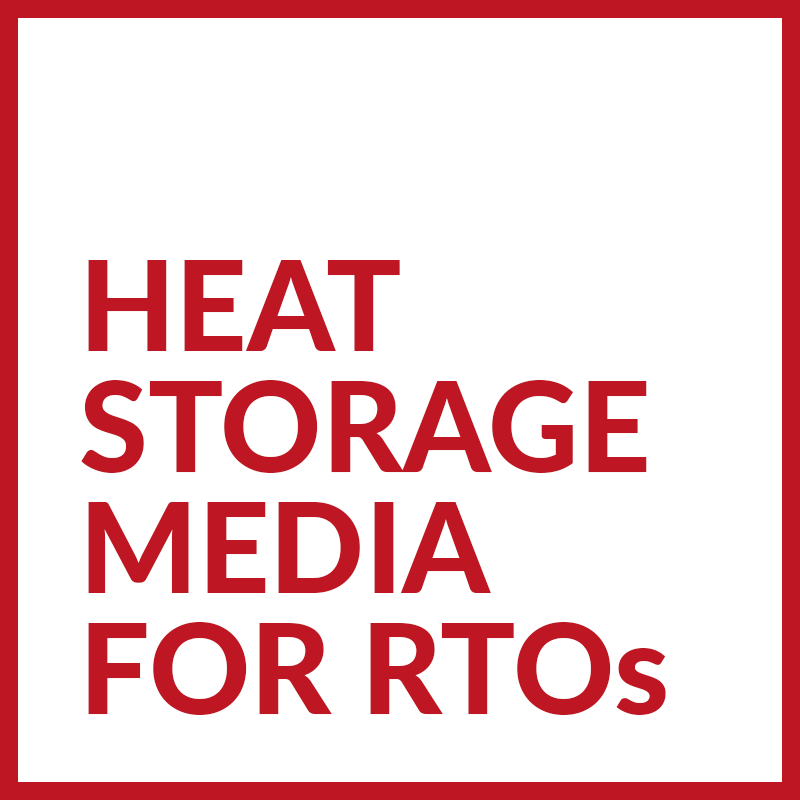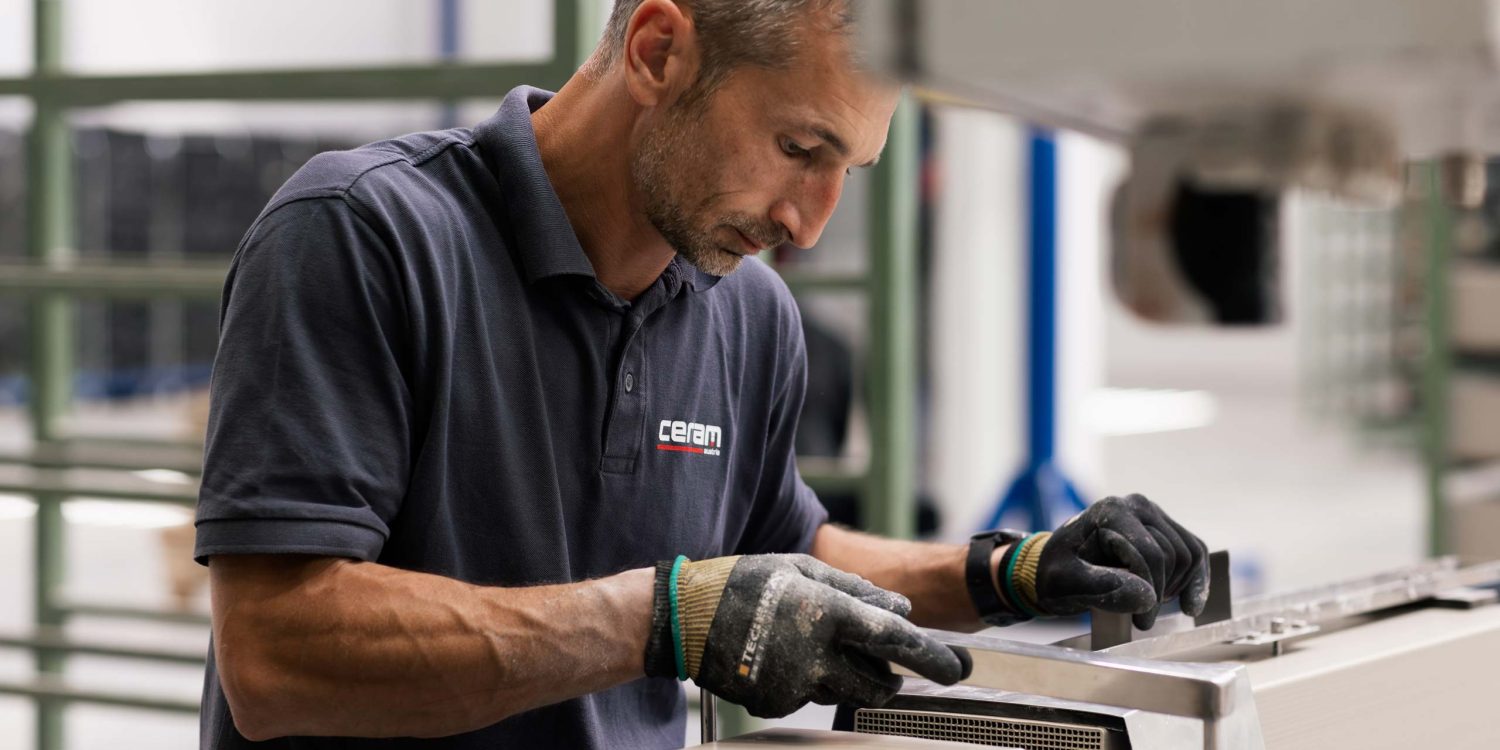Ceramic honeycombs are applied as heat storage media in regenerative thermal processes to recover thermal energy. Typical application examples are thermal air pollution abatement systems, based on regenerative thermal oxidation (RTO), thermal regenerators for process gases, heat storage media for decentralized Regenerative Housing Ventilation Systems (RHV) or heat storage applications in renewable energy generation systems.
RTO systems for the destruction of VOCs are the primary application for ceramic heat exchangers.
Typical industries that use such RTO systems include the pharmaceutical and chemical industries, paint and paper manufacturers, wood processing companies, and the electronics and semiconductor industries amongst others.
For specific inquiries about our products and applications please contact our PRODUCTMANAGEMENT

Compared to conventional random packing technologies (ceramic saddles or plates), the most important advantage of the structured packing of ceramic heat storage media, is the highest possible heat recovery at the lowest possible pressure drop. Defined linear flow prevents particle deposition and chemical attacks. The ease of operation and low operating and maintenance costs make such honeycomb regenerator systems an extremely reliable and economically efficient solution.
Regenerator beds in RTO systems have to meet many requirements under varied operating conditions. The properties of honeycomb ceramics must be tailored to specific operating requirements. For this reason, an optimized material was developed for every application. The right combination of the different materials within a heat storage bed leads to an optimum result.
We would be happy to assist you in designing a regenerator bed.

Ceramic heat exchanger elements can also be found in residential buildings and are used to recover thermal energy mostly used as heat storage media in decentralized ventilation systems. One of the greatest advantages of ceramic heat exchanger in this application is the best possible heat recovery with the lowest possible pressure loss. The honeycombs are environmentally friendly and are based on natural mineral raw materials. Characteristic for this application are the cylindrical honeycombs made of high alumina porcelain. The special manufacturing process achieves a high density that does not absorb water and thus prevents the formation of mold.


Ceram Austria GmbH is one of the world’s leading suppliers of industrial honeycomb ceramics and catalysts.
© 2023 Ceram Austria GmbH
Layout und technical implementation: netWERKER Mediahaus